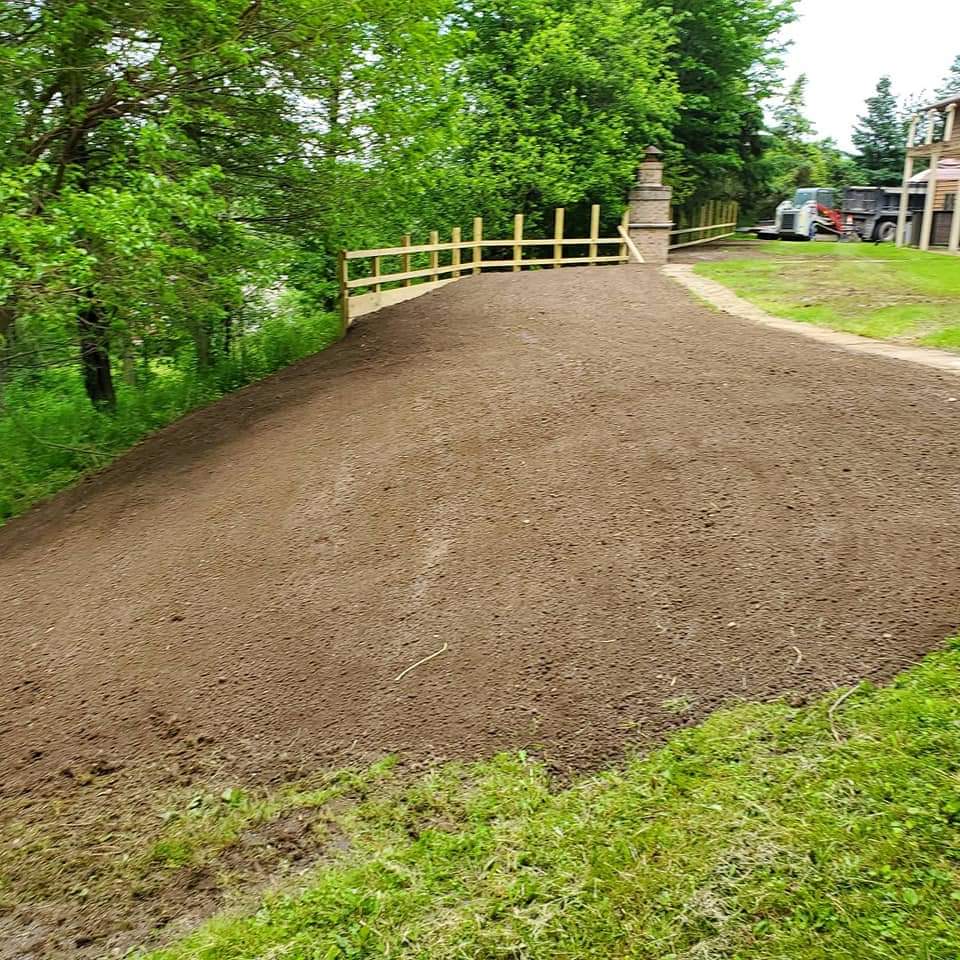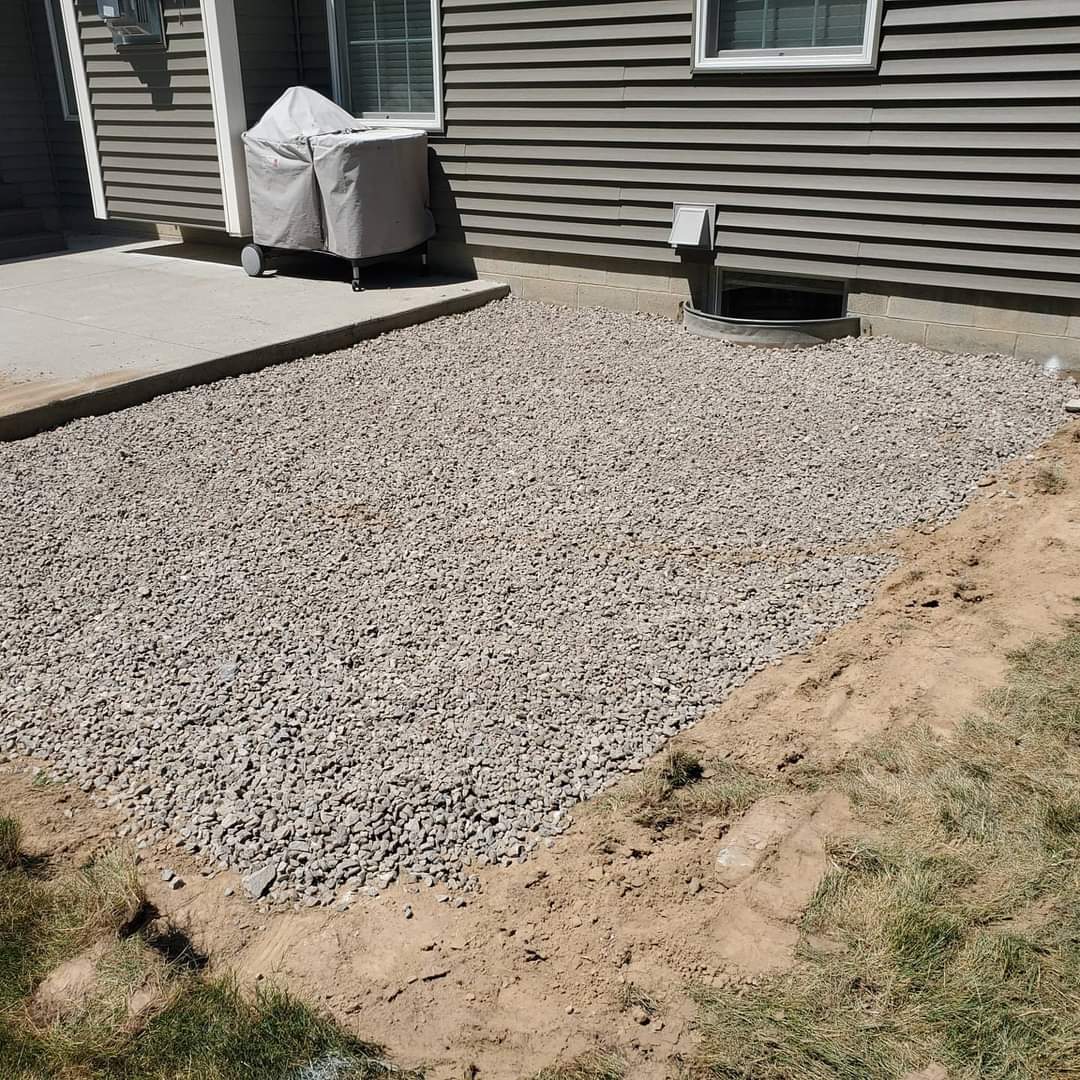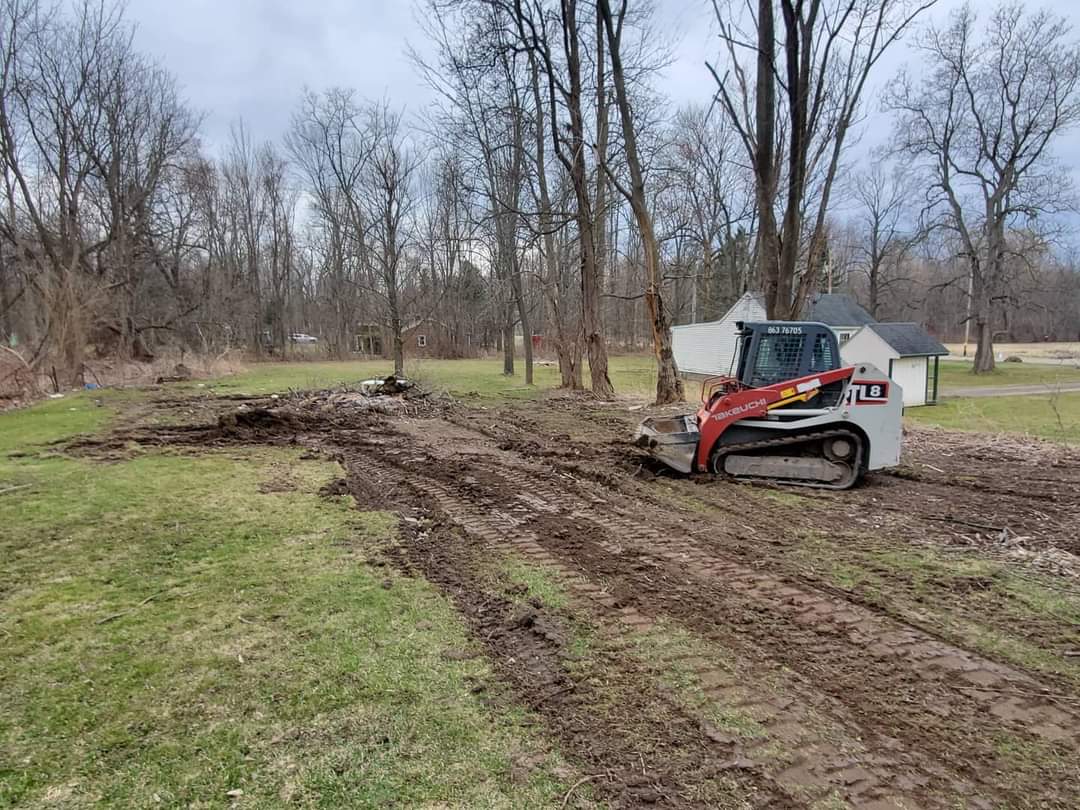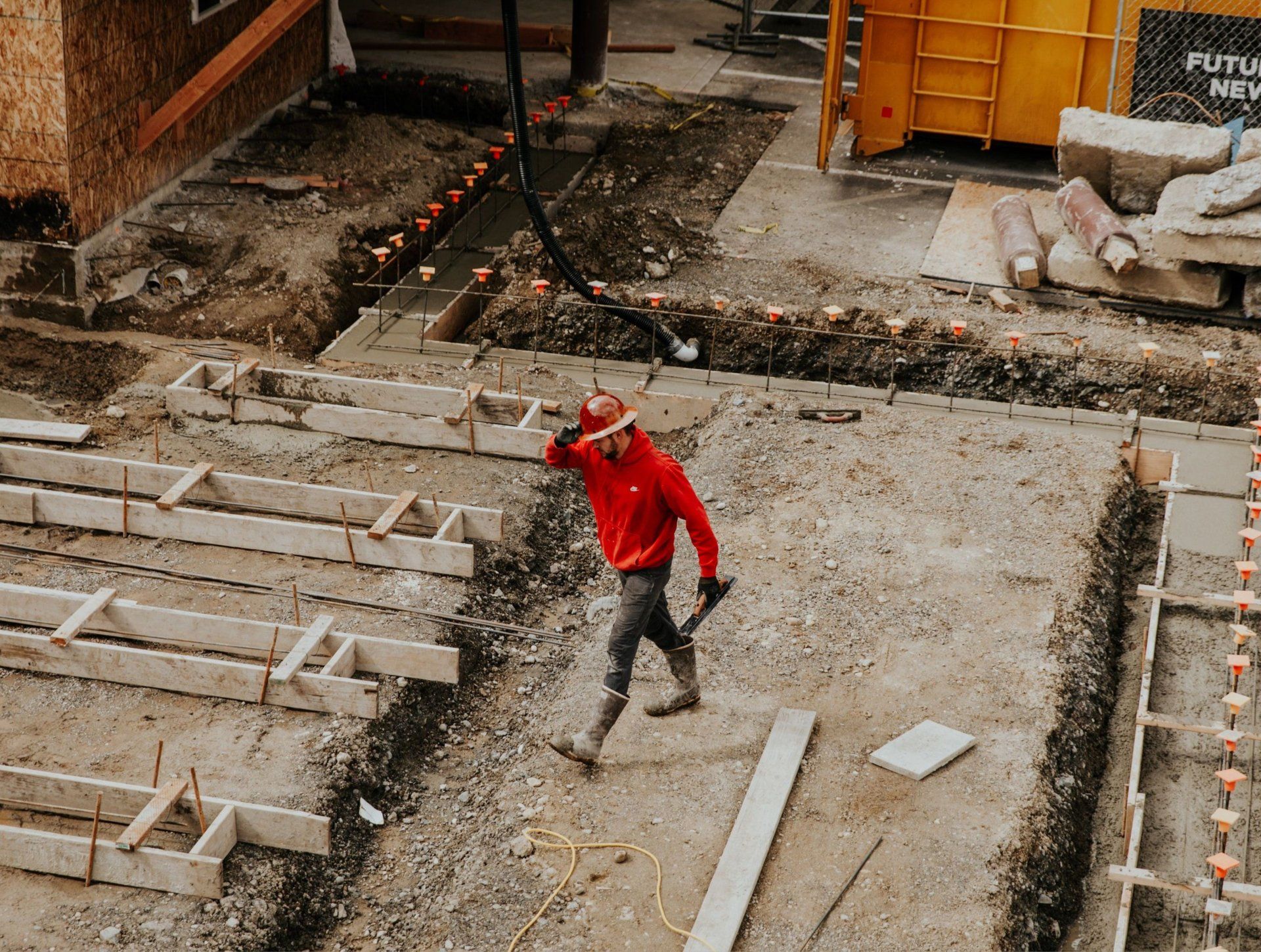We've been providing excellent service as
Land Grading Contractors
...for over 20 years!
Why Site Grading is Important for Construction Projects
Site grading is important for construction projects because it determines the foundation of the project. By ensuring that the site is graded correctly, you can minimize the chances of future problems with the project and ensure that it is stable and sound.
Site grading is an important process that happens at different times during a construction project. If you don't grade the site properly, it can cause significant problems for the project. Poor grading can lead to property damage from erosion, compromised structural integrity, and drainage and storm water runoff issues.
That's why it's important to have a site grading plan in place before starting a construction project. A site grading plan ensures that the site is graded correctly and in compliance with land grading standards. This helps avoid any potential problems down the road caused by poor grading practices.
Prepare Soil for Structure Foundation
The goal is to get the soil underneath and around the foundation so that it can support the weight of the building and any loads that will be placed on it.
This is typically done by excavating down to undisturbed soils, then adding or removing soil as needed until an appropriate grade is achieved.
If proper site grading isn't carried out, there's a risk that the foundation could settle unevenly or even sink into the ground, which could lead to serious structural damage down the road.
Assure Proper Drainage
It is an important step in any construction project, as improper site grading can lead to serious problems down the road, including water damage, structural failure, and erosion.
Without proper drainage, water can build up and cause serious problems like flooding or soil erosion. Grading is one of the most important tools for ensuring proper drainage.
By using grading to create a slope, water can be directed away from the work site and into a storm drain or other outlet. In addition, grading can be used to create a berm, which helps to intercept runoff and prevent it from reaching the work site.
By using these techniques, excavation companies can help to ensure that their projects are safe and successful.
Create Desired Landscape Aesthetics
The desired finished appearance of a project's landscape can be one of its most important aesthetic features, so it's important to get it right from the start.
A good site grading contractor can help you create the look and feel you're striving for, whether that means sculpting gentle slopes and hills for beautiful gardens, crafting terraces for elegant outdoor living spaces, or creating level surfaces for easy maintenance.
When it comes to site grading, don't try to go it alone. We have the experience and expertise necessary to get your project off on the right foot - aesthetically speaking, that is.
What We Offer
Grading in construction is a versatile art. Start with rough grading, shaping the canvas. Fine grading refines for precision. Slope grading crafts inclines, while contour grading ensures optimal drainage. Fill and cut grading balances earth's equation. Each type plays a vital role, harmonizing to create a project on solid ground.
Our Grading Process
Revamping your landscape? Here's the quick scoop on land grading. Step one: Survey the lay of the land. Step two: Heavy equipment reshapes it. Precision is the name of the game.
What We Do
Revamping your landscape? Here's the quick scoop on land grading. Step one: Survey the lay of the land. Step two: Heavy equipment reshapes it. Precision is the name of the game.
Why Choose D R Excavation?
For your excavation needs, choose D R Excavation – your top-tier option committed to delivering quality service. Our seasoned professionals, well-versed in all facets of excavation, ensure your project's timely and budget-friendly completion.
In the realm of excavation, D R Excavation stands unparalleled. Not only do we boast competitive prices, but our offerings span a spectrum of services, ensuring a tailored solution for every need.
In essence, we're your dependable choice, offering skilled craftsmanship at an affordable rate. Don't hesitate – contact us today!
Contact Us Today For A Free Quote
If you're looking for a company to handle your excavation needs, look no further than ours. We're experts in grading and can provide you with a free quote. Just give us a call or contact us online and we'll be happy to give you an estimate. We'll take care of your excavating needs quickly and efficiently, so you can get back to what's important. Contact us today and let us show you what we can do!




